The £75 million home that's the closest thing you'll ever get to owning your own Royal palace
Denham Place has come to the market at a staggering £75 million — and short of acquiring a royal palace, there is ‘nothing of this grandeur or provenance so close to central London’. Penny Churchill takes a look inside.
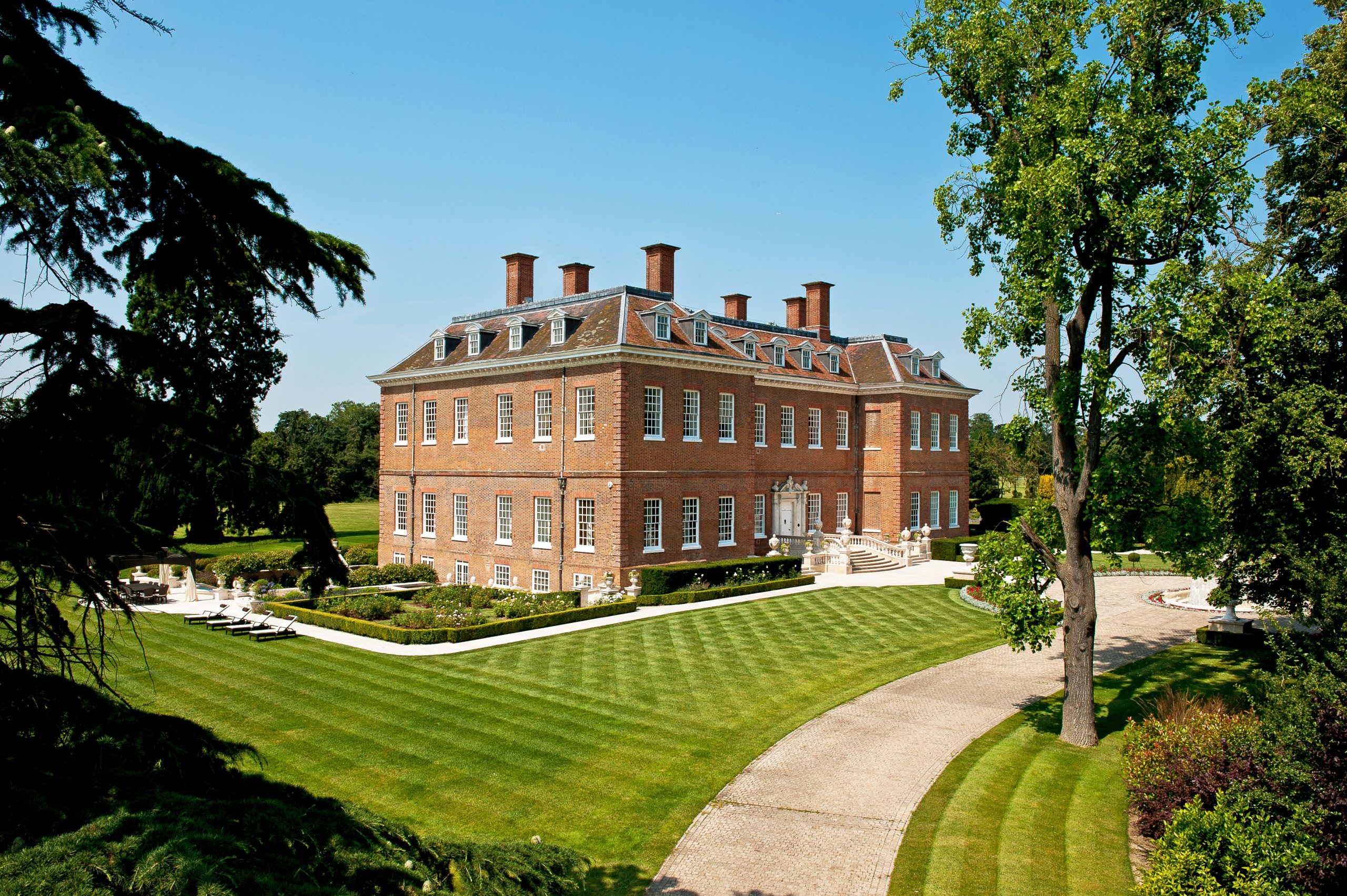

The skies above Denham aerodrome will be busier than usual in the weeks ahead as some of the world’s richest businessmen jet in to view stately, Grade I-listed Denham Place. Set in 43 acres of Capability Brown-designed parkland overlooking picturesque Denham village in Buckinghamshire, the property is now on the market with a guide price of £75 million through joint selling agents Knight Frank, Savills and Beauchamp Estates.
The estate is being offered for sale lock, stock and barrel — and yes, that means including all furniture and fittings, much of which has been commissioned by the current owners or painstakingly sourced from around the world.
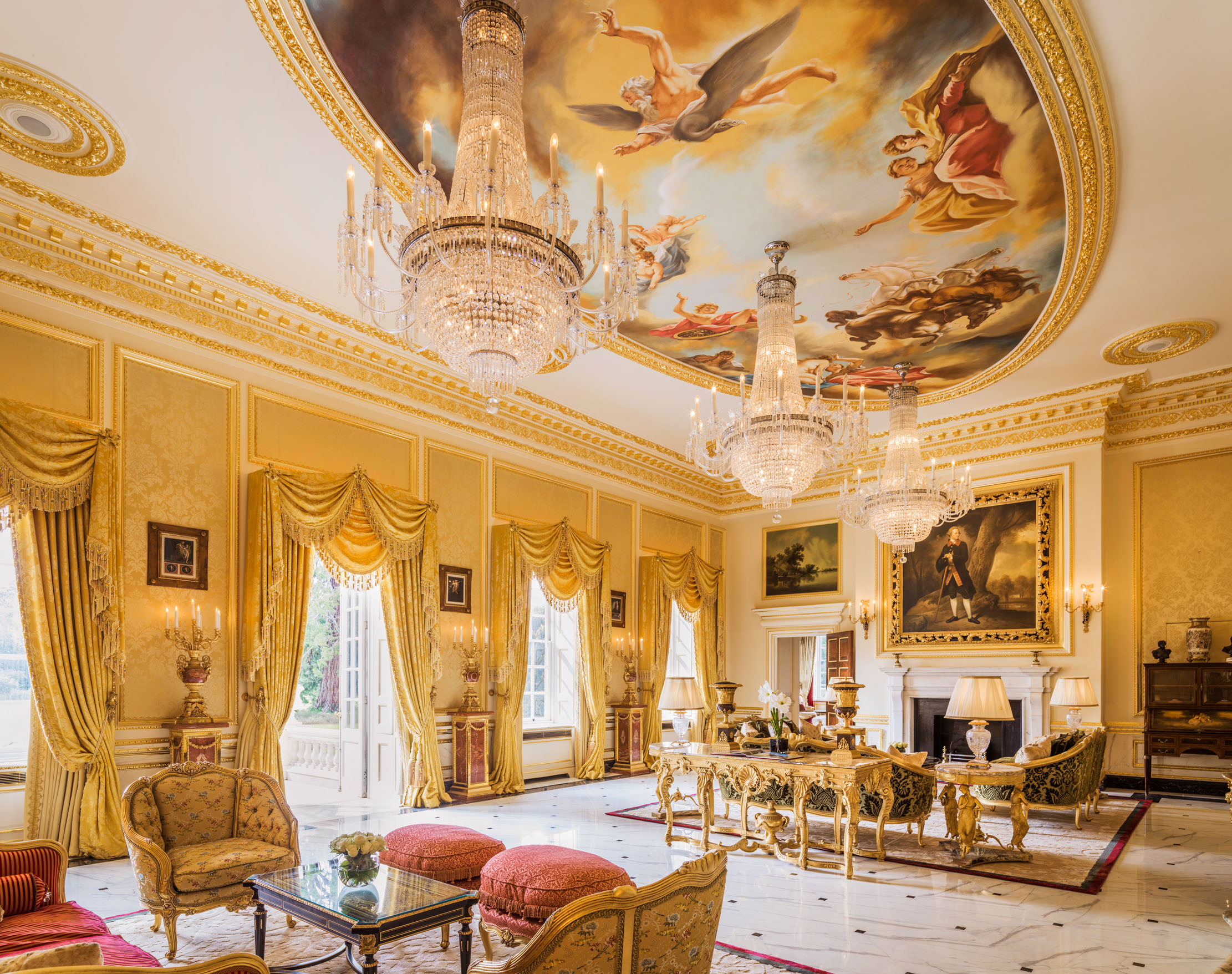
There have been only seven owners of Denham Place since Anglo-Saxon times, when Ulstan, a Saxon Thane, donated the manor of Denham to the Abbey of Westminster. In 1531, Sir Edward Peckham leased the Abbey land known as Denham Great Park on which, 10 years later, having acquired the lordship of the manor, he built the pile he called Denham Place.

According to a 1905 article in Country Life (November 18, 1905), Denham Place passed through various hands after the Dissolution of the Monasteries, before being acquired in 1673 by Sir Roger Hill, whose father, ‘like most of the Commonwealth officers of State or law, had amassed a large fortune’. It took Sir Roger the best part of eight years to build his house, which he completed in 1700 at a cost of £5,549 in the money of that day. In 1773, Lancelot ‘Capability’ Brown created the Grade II-listed parkland.
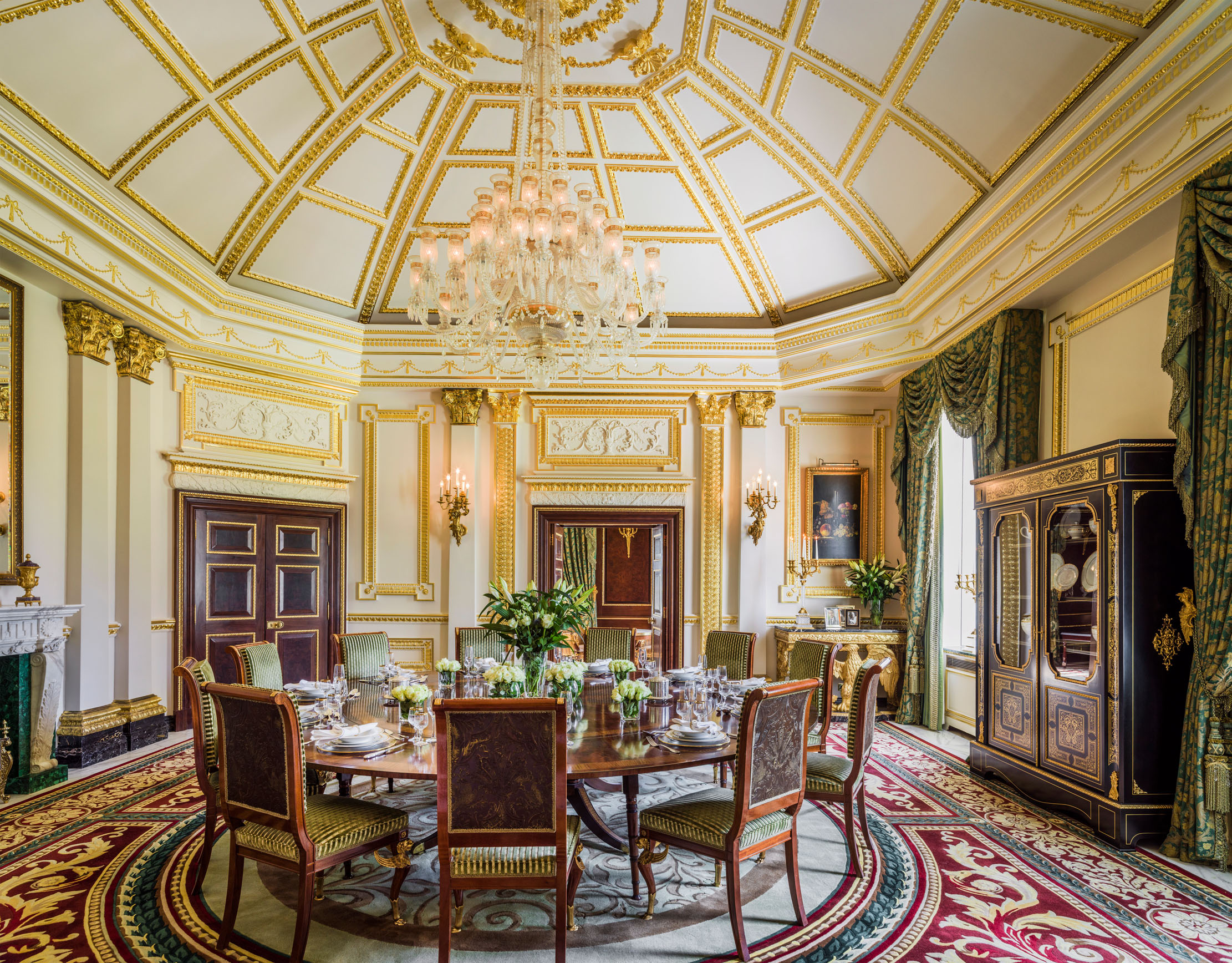
The ‘lofty and spacious old mansion’ stands ‘just above the village on a long flat area by the Misbourne stream, which the designer of the house, or possibly his predecessors, dammed where it leaves the gardens, and so obtained a broad and straight but flowing sheet of water, filled with long tresses of water-weed combed out by the current… and inhabited by the famous Denham trout.’
The ‘large and imposing’ house is described as being ‘all in one piece. From the basement to the splendid cornice and upwards past the dormer windows to the roof, there is not a brick or a moulding that has been replaced or altered’.

Still largely unaltered, Denham Place remained in the hands of the Hill family and their descendants, during which time it was rented to a series of distinguished tenants. From 1834–44, it served as a royal residence for Joseph-Napoleon Bonaparte, the exiled former King of Naples, and his brother, Napoleon-Jerome, Prince of Montfort and King of Westphalia, following the defeat of the French Emperor. From 1853–1913, the estate was the English country retreat of the American financier and banker J. P. Morgan.
Sign up for the Country Life Newsletter
Exquisite houses, the beauty of Nature, and how to get the most from your life, straight to your inbox.
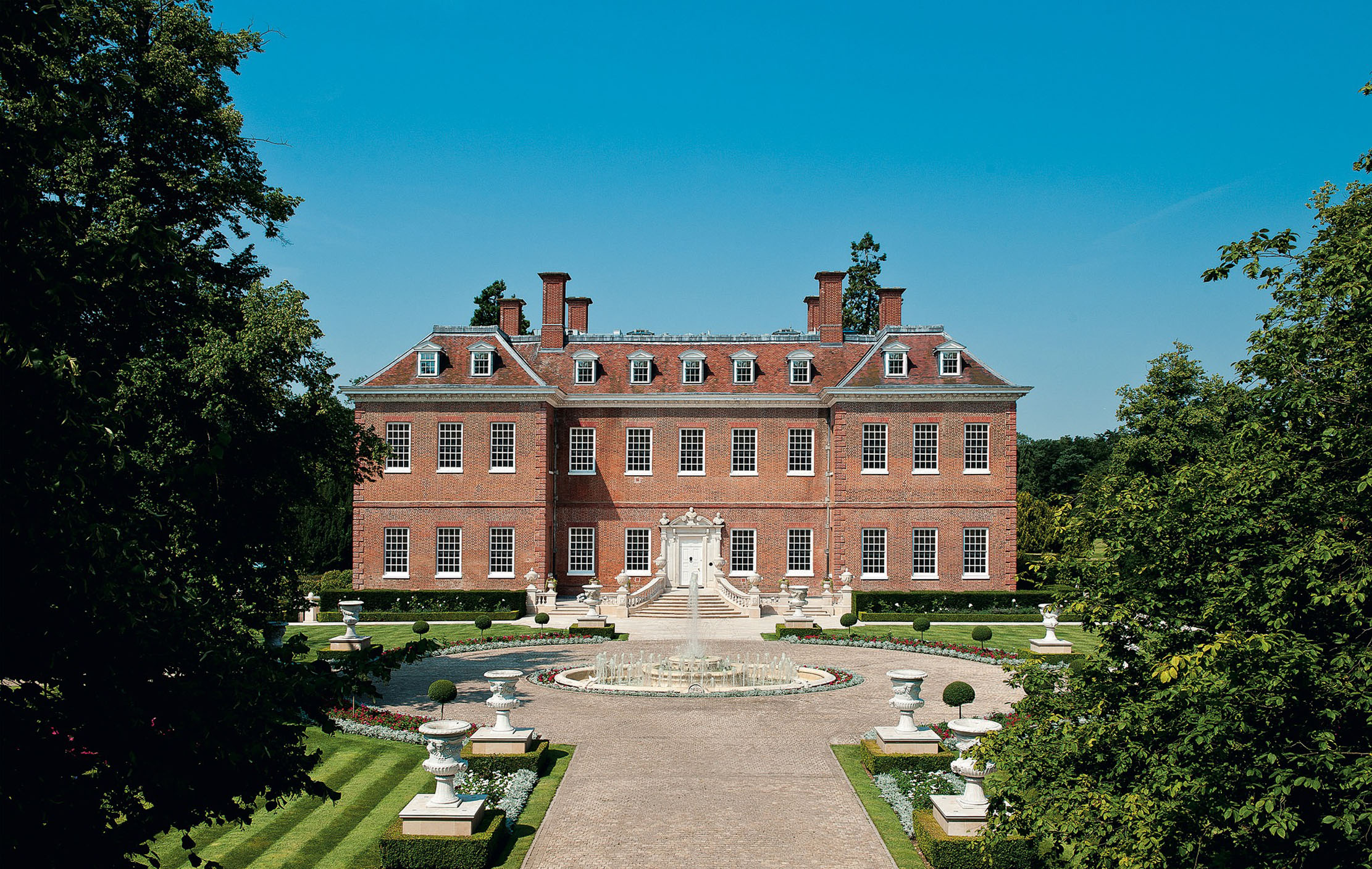
In 1930, Denham Place was acquired by Lord Robert Vansittart, who was permanent under-secretary at the Foreign Office from 1930 to 1938, and his heiress wife, Sarita. The couple were close friends with the film producer Alexander Korda, helping to support the nearby Denham Film Studios during its heyday between 1936 and 1952. Between 1960 and 1977, Denham Place was leased by Harry Saltzman, co-producer of the first nine ‘James Bond’ films at nearby Pinewood Studios. Following Lady Vansittart’s death in 1980, the house was converted into a corporate headquarters until its purchase in 2000 by India’s Jatania family, the current vendors.

Following an eight-year restoration project overseen by English Heritage and the Georgian Group and led by interior designer Alexander Kravetz, who has worked on some of the world’s most luxurious hotels, private houses and estates, the grand, 28,525sq ft manor house has been transformed into a sumptuous private palace, with 12 reception rooms, 12 bedroom suites, 14 bathrooms, family and catering kitchens and a private chapel.

In addition, the estate boasts 11,199sq ft of secondary buildings, including a Grade II-listed coach house with planning consent for conversion to a state-of-the-art spa, together with estate cottages, outbuildings and garaging.
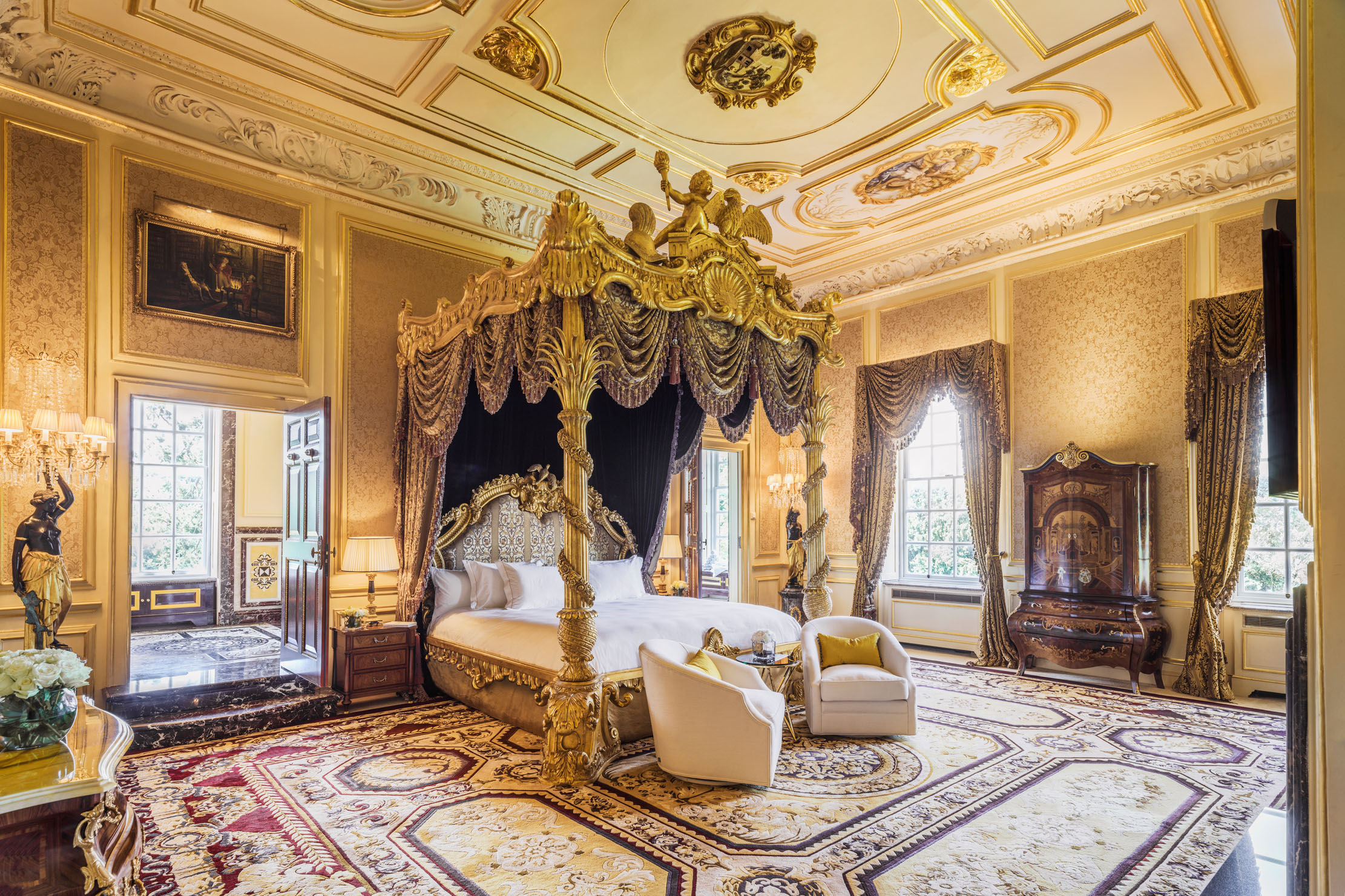
Highlights of the interior include the drawing room with its hand-painted ceiling fresco, silk wall panels and curtains by the Gainsborough Silk Weaving Company, a handwoven carpet inspired by one that was seen in Buckingham Palace and custom-made chandeliers created by glass-makers Saint-Louis. Also of note is the music room decorated with ornate gold-leaf plasterwork, the billiards room with its restored listed fresco depicting Denham village, and the chapel, now dressed as a sitting room, with panelling brought from Hampton Court Palace in west London during the 1700s.

‘Short of acquiring one of the Crown Estate’s royal palaces, there is nothing of this grandeur or provenance to be found this close to central London,’ says James Crawford of Knight Frank, who underlines the all-important location of Denham Place, 17 miles from Mayfair, 20 miles from the City, 30 minutes by car from central London and a few minutes’ drive from Denham Aerodrome by helicopter or private jet, with Heathrow airport a 15-minute drive away.

Denham Place in Buckinghamshire for sale at £75 million with selling agents Knight Frank, Savills and Beauchamp Estates — see more details and pictures.
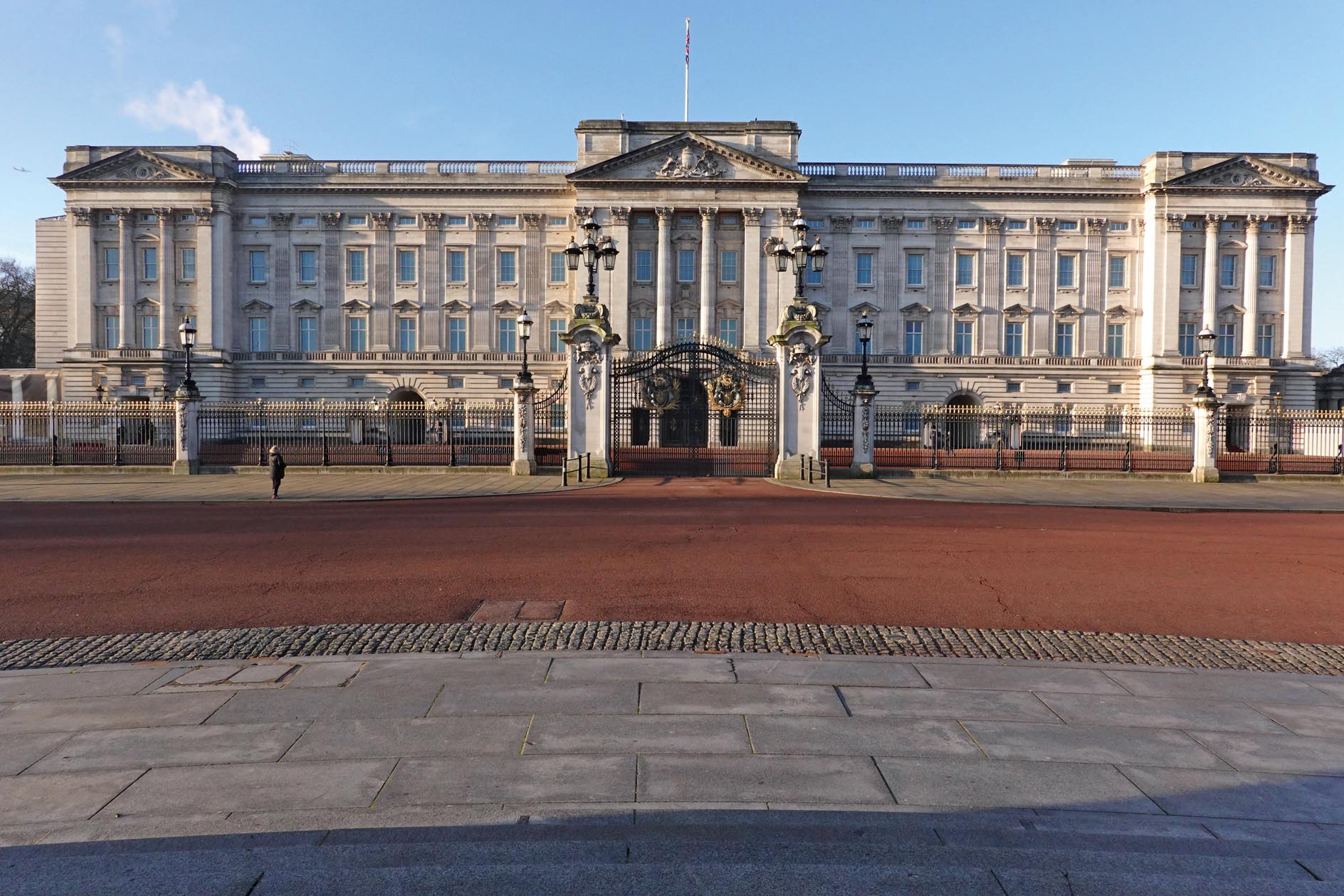
We asked six top architects to reimagine Buckingham Palace — here's what they came up with
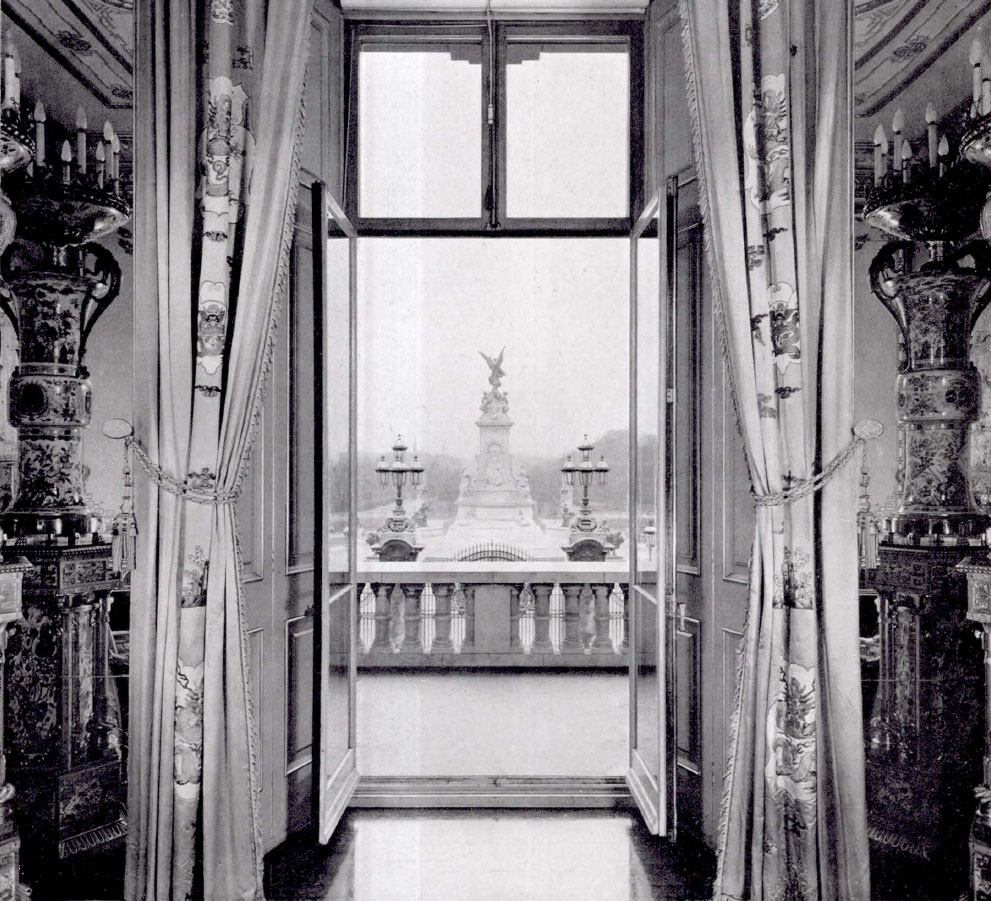
Buckingham Palace: 'There is not a historical capital in Europe which cannot show a more imposing Royal palace'
A trip through the archives unearths a real treasure in the form of a 1931 book about Buckingham Palace which
-
 How an app can make you fall in love with nature, with Melissa Harrison
How an app can make you fall in love with nature, with Melissa HarrisonThe novelist, children's author and nature writer Melissa Harrison joins the podcast to talk about her love of the natural world and her new app, Encounter.
By James Fisher Published
-
 'There is nothing like it on this side of Arcadia': Hampshire's Grange Festival is making radical changes ahead of the 2025 country-house opera season
'There is nothing like it on this side of Arcadia': Hampshire's Grange Festival is making radical changes ahead of the 2025 country-house opera seasonBy Annunciata Elwes Published
-
 Welcome to the modern party barn, where disco balls are 'non-negotiable'
Welcome to the modern party barn, where disco balls are 'non-negotiable'A party barn is the ultimate good-time utopia, devoid of the toil of a home gym or the practicalities of a home office. Modern efforts are a world away from the draughty, hay-bales-and-a-hi-fi set-up of yesteryear.
By Annabel Dixon Published
-
 Five beautiful homes, from a barn conversion to an island treasure, as seen in Country Life
Five beautiful homes, from a barn conversion to an island treasure, as seen in Country LifeOur pick of the best homes to come to the market via Country Life in recent days include a wonderful thatched home in Devon and a charming red-brick house with gardens that run down to the water's edge.
By Toby Keel Published
-
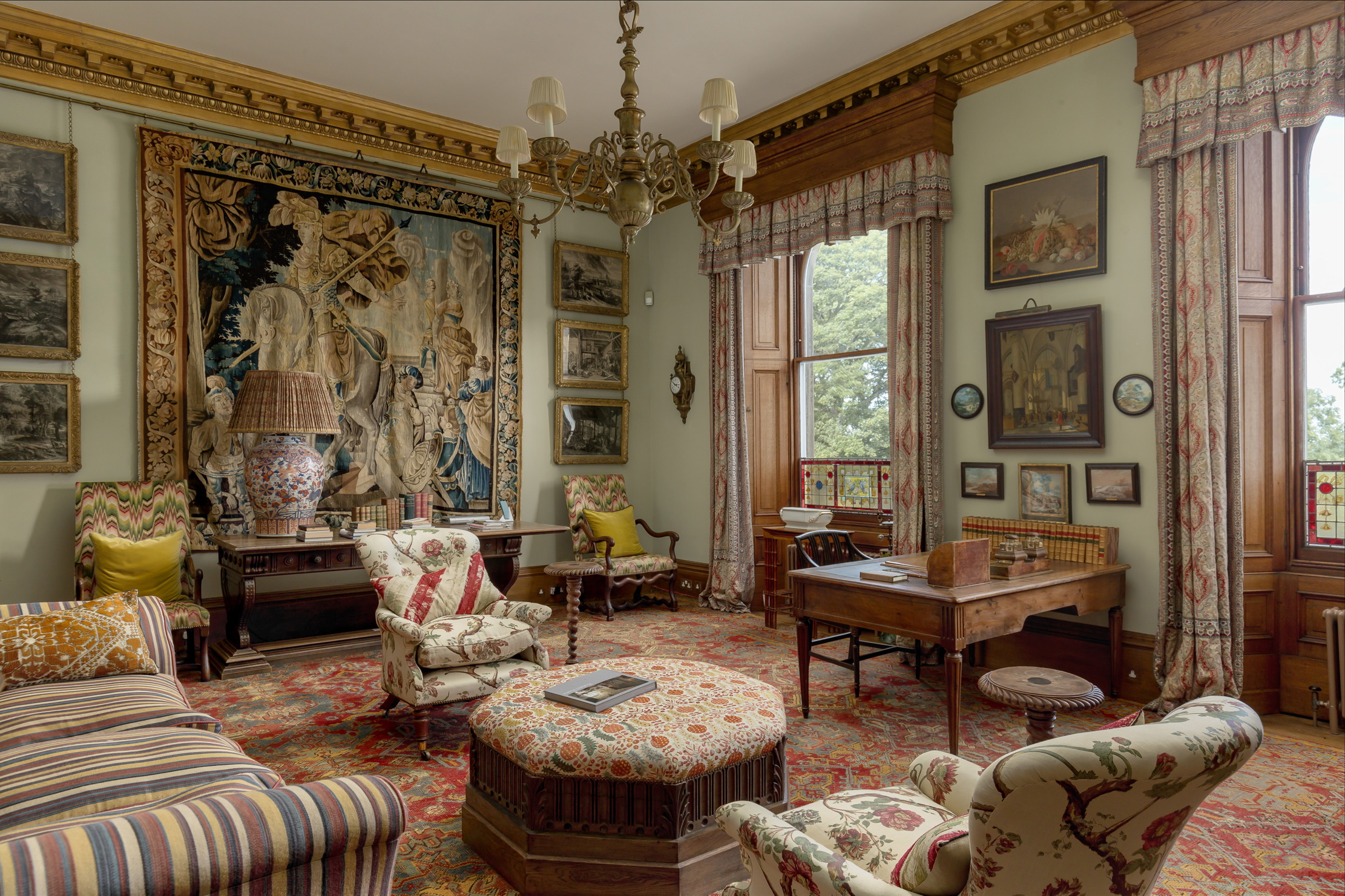 The finest interiors in Edinburgh? A seven-bedroom townhouse furnished by Robert Kime comes to market
The finest interiors in Edinburgh? A seven-bedroom townhouse furnished by Robert Kime comes to marketSituated on one of the New Town's grandest terraces, this four-storey property is a collector's dream.
By James Fisher Published
-
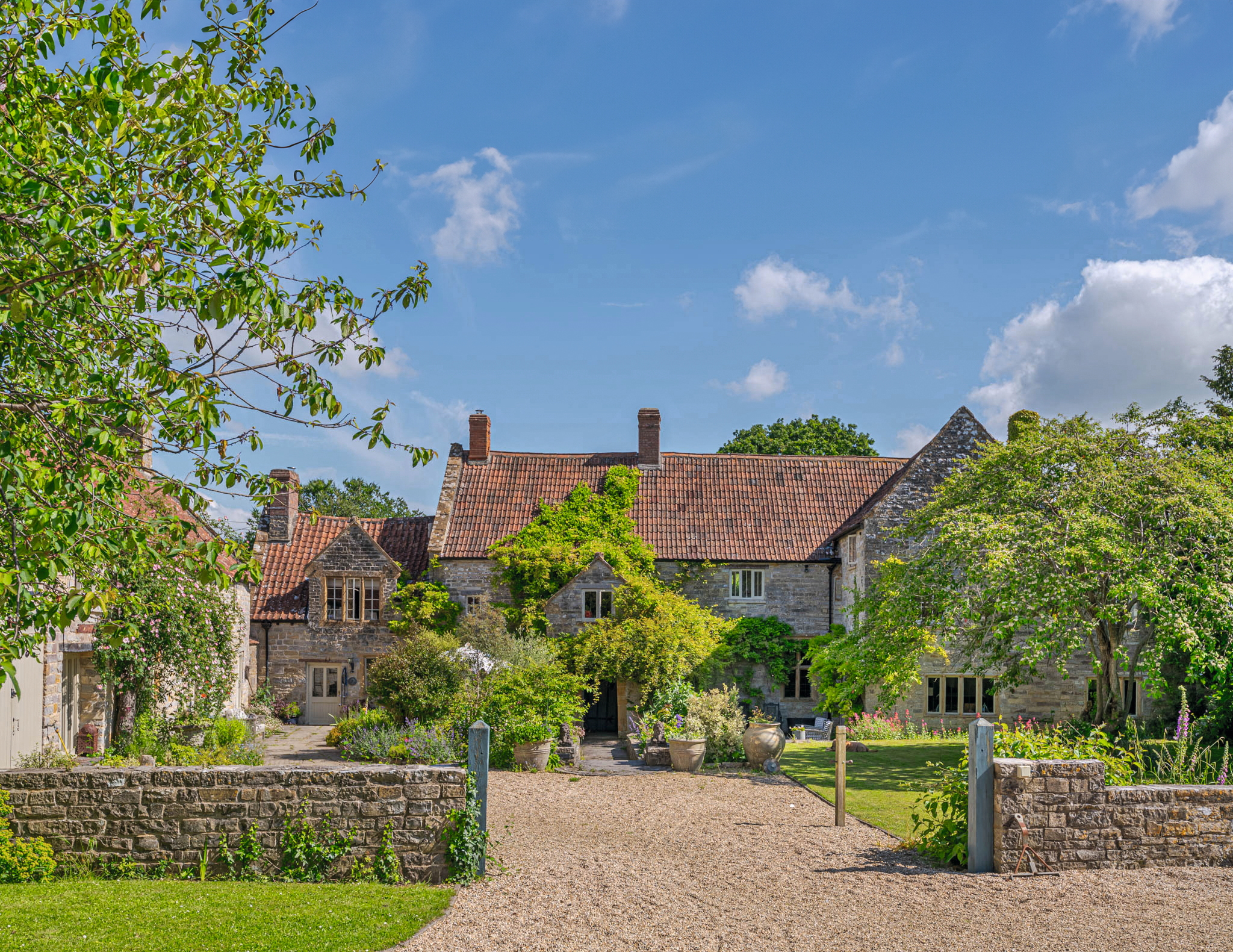 A Grade II*-listed country manor with one of the most beautiful drawing rooms in England
A Grade II*-listed country manor with one of the most beautiful drawing rooms in EnglandIf Old Manor Farm in Somerset is good enough for Pevsner, it's good enough for you.
By Penny Churchill Published
-
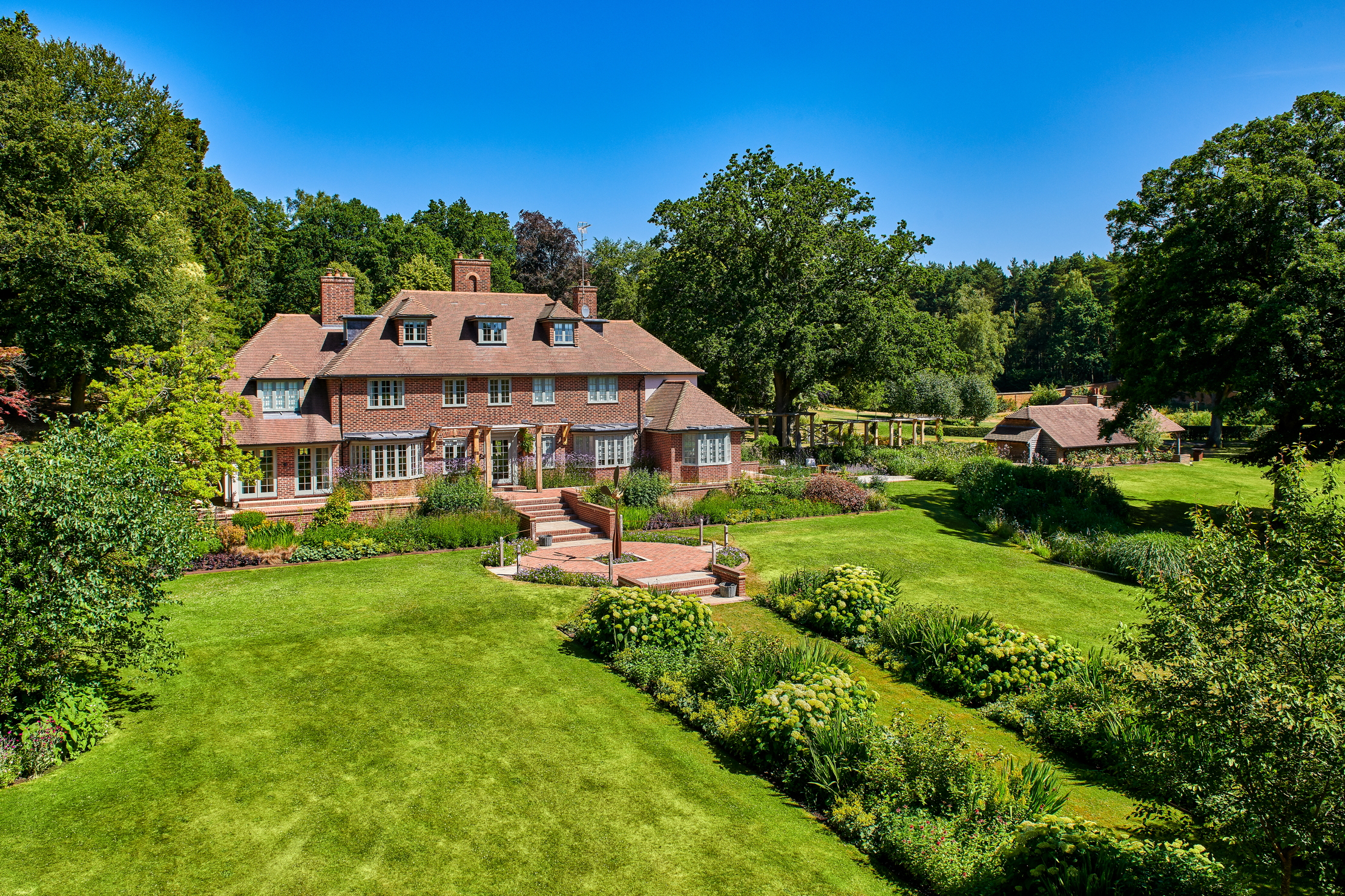 An eight-bedroom home in Surrey where an army of robots will look after your lawns
An eight-bedroom home in Surrey where an army of robots will look after your lawnsDo not fear the bladed guardians of Monksfield House. They are here to help.
By James Fisher Published
-
 A French castle for sale on the banks of the Dordogne? With a swimming pool? Where do we sign?
A French castle for sale on the banks of the Dordogne? With a swimming pool? Where do we sign?This chateau in Lalinde is nothing short of a historical delight in the south of France. And it comes fully furnished.
By James Fisher Last updated
-
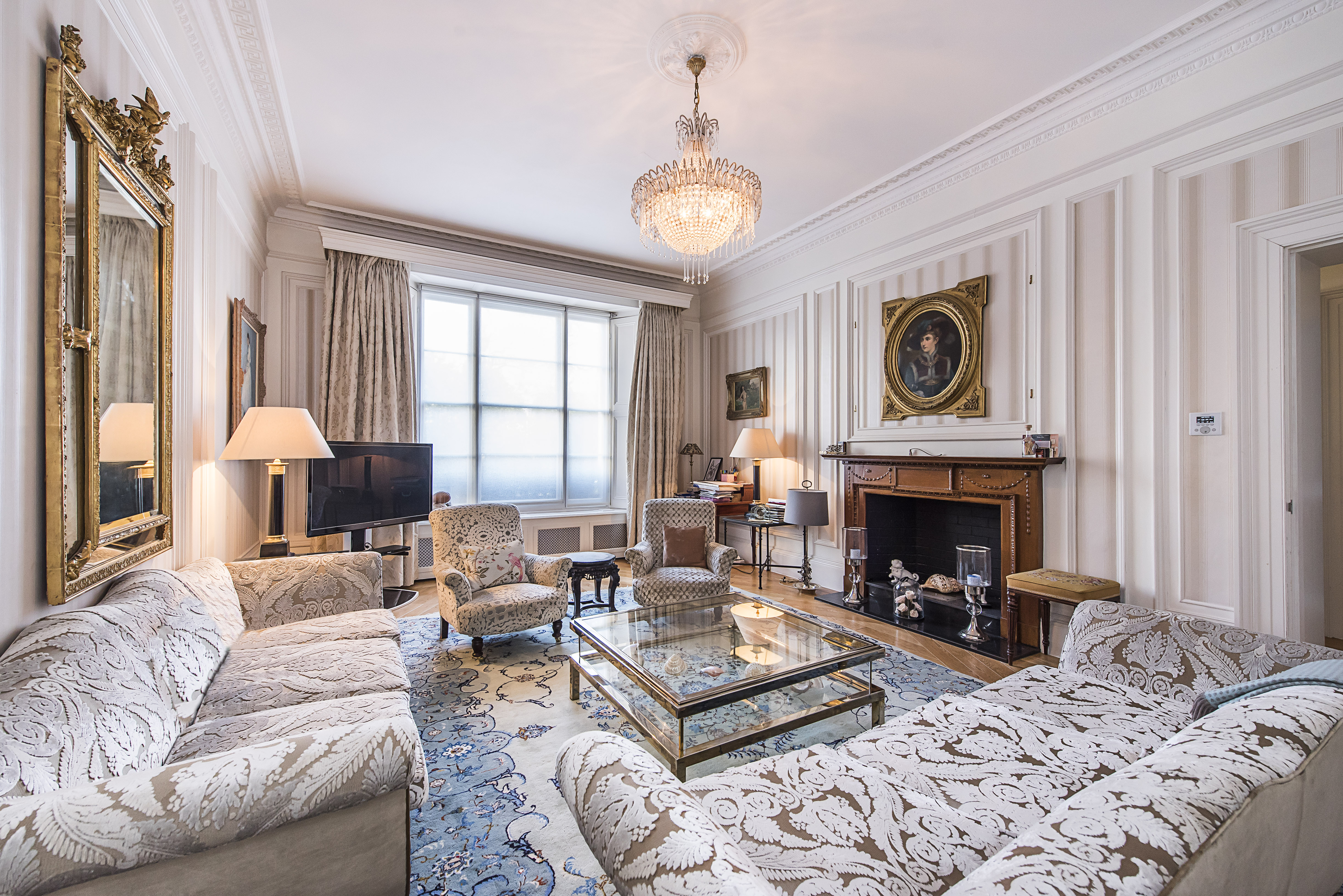 Sip your morning tea where Churchill once paced, as his former Pimlico home comes up for sale
Sip your morning tea where Churchill once paced, as his former Pimlico home comes up for saleThe five-bedroom flat in Eccleston Square offers ‘historical gravitas and modern comfort’ in a leafy pocket of London.
By Annabel Dixon Published
-
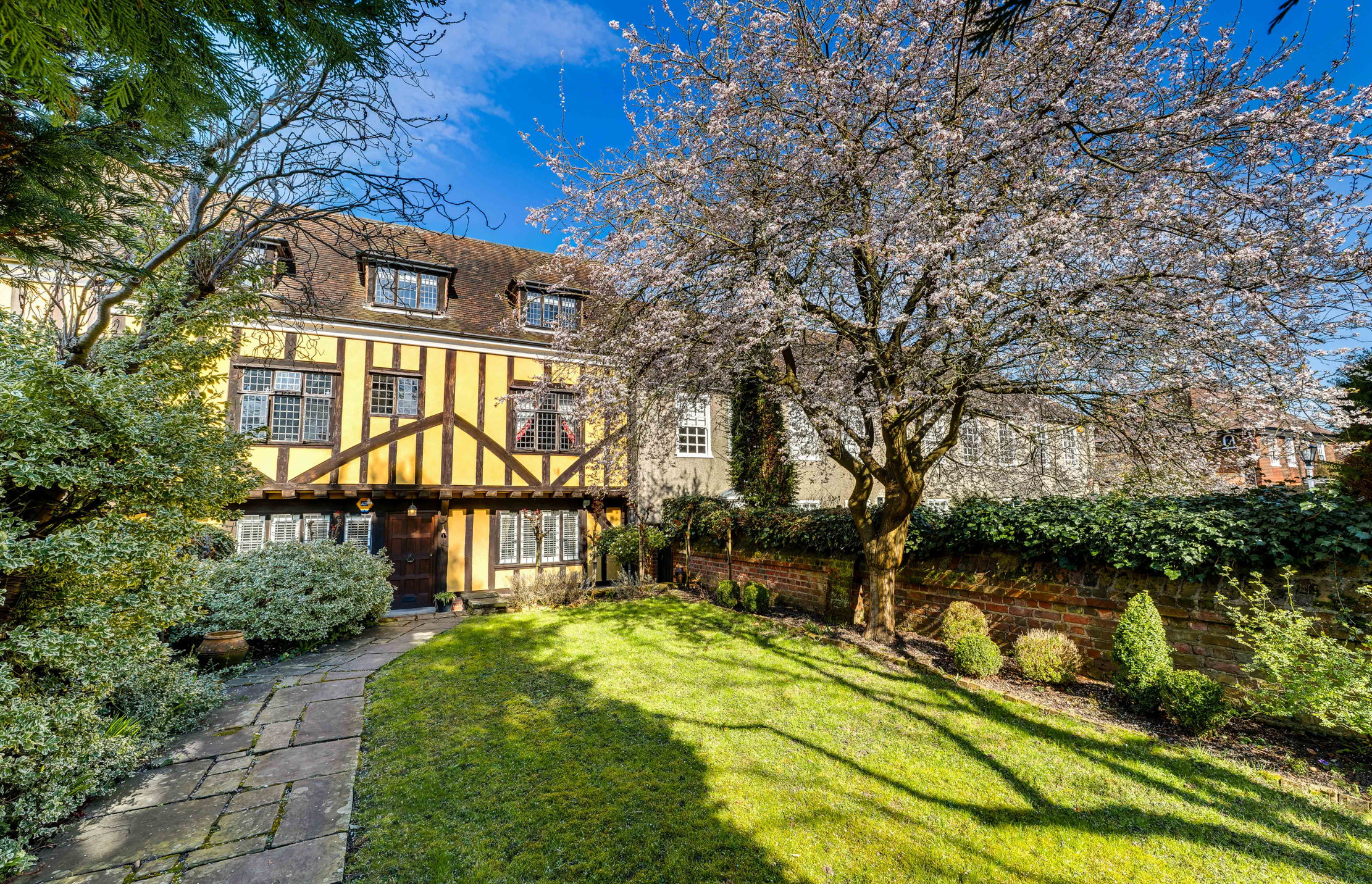 Live a life of Tudor fancy in this five-bedroom London home with links to Cardinal Wolsey and Henry VIII
Live a life of Tudor fancy in this five-bedroom London home with links to Cardinal Wolsey and Henry VIIIFans of Wolf Hall rejoice, as a rare chance to own a Tudor home inside the M25 comes to market.
By James Fisher Published
